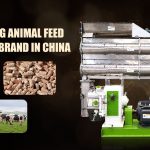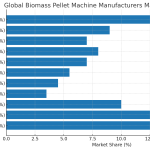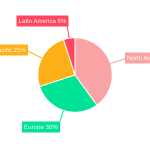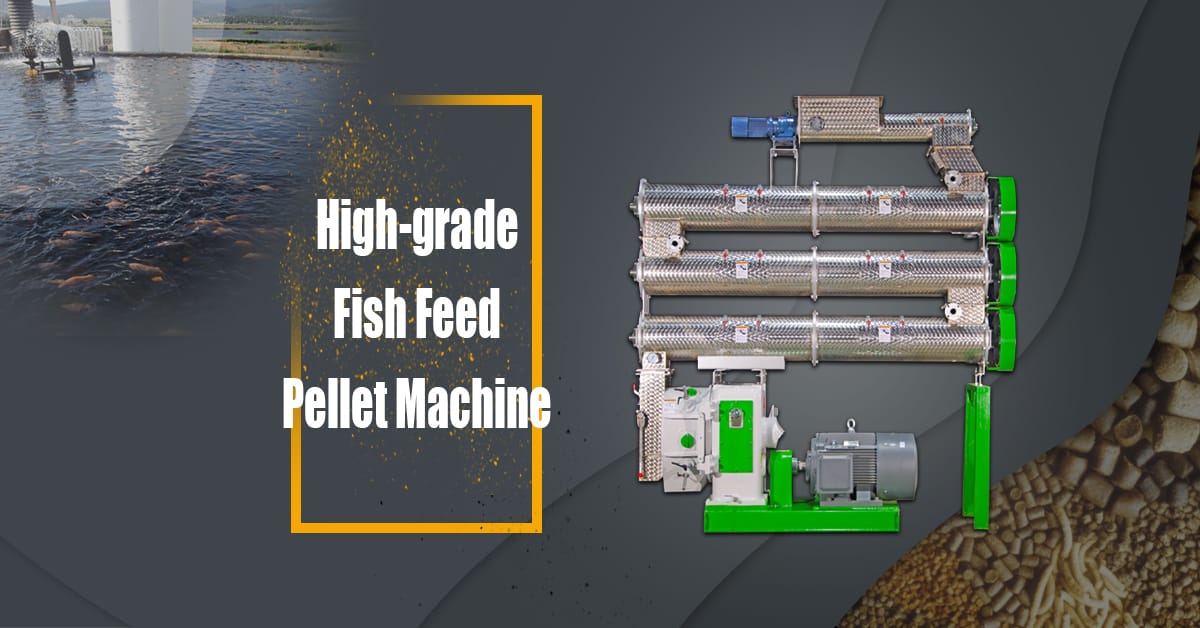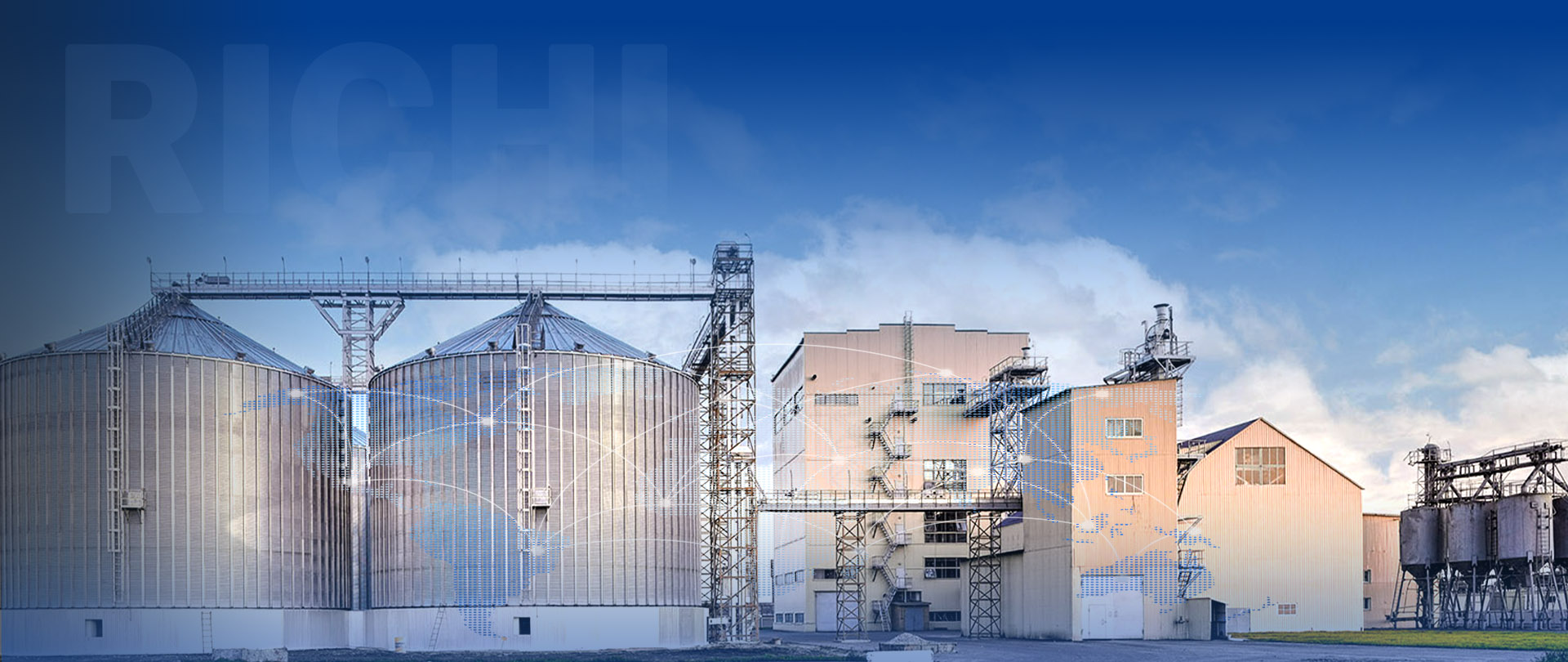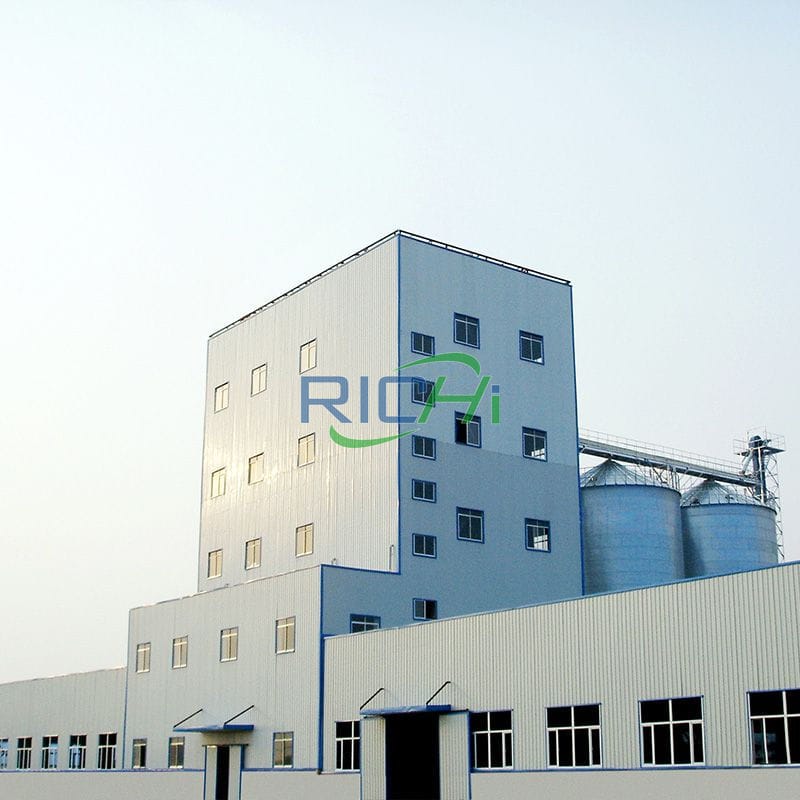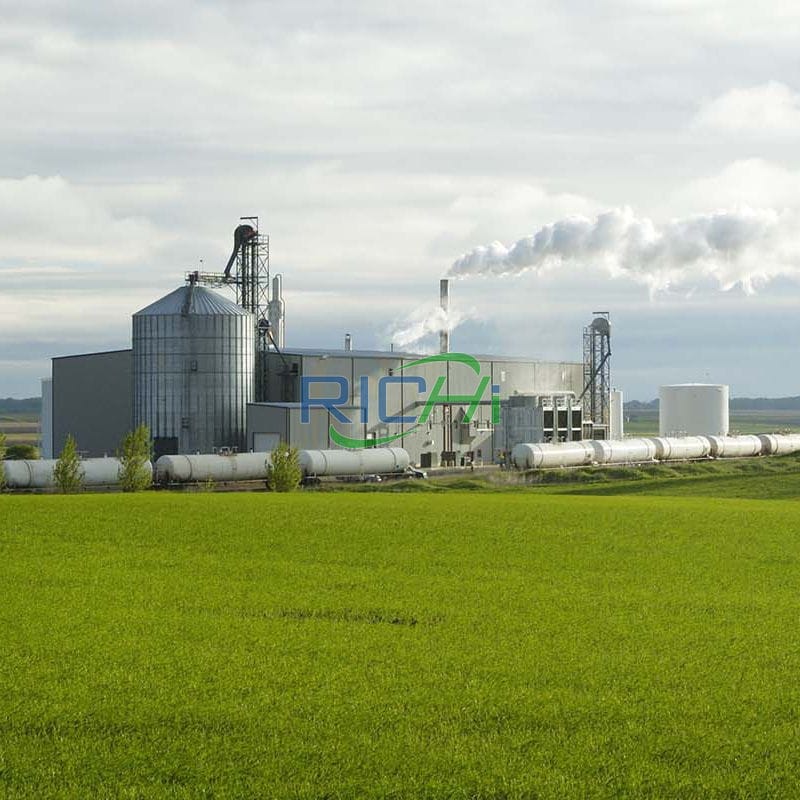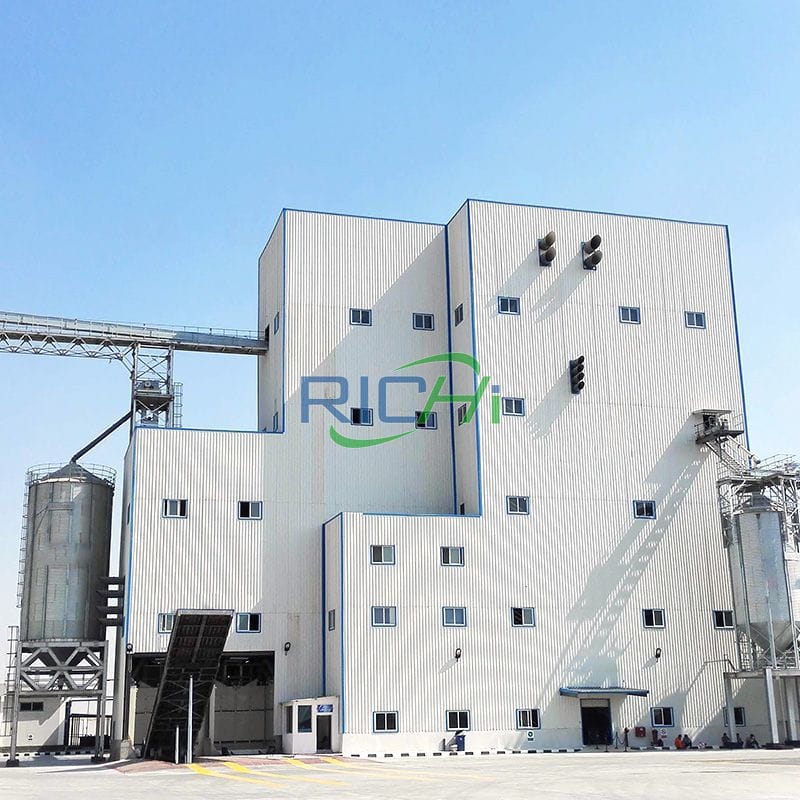Fish feed pellet making machines are essential equipment for aquaculture operations and feed manufacturing businesses. The price of these machines can vary significantly based on several factors, including size, capacity, features, and manufacturer. This article explores the price ranges of fish feed pellet making machines, factors influencing their cost, and considerations for potential buyers.
Price Ranges for Fish Feed Pellet Making Machines
The cost of fish feed pellet making machines can be broadly categorized into three tiers:
- Small-scale machines:
- Price range: $1,000 – $10,000
- Capacity: 30-100 kg/hour
- Suitable for small fish farms or research facilities
- Medium-scale machines:
- Price range: $10,000 – $50,000
- Capacity: 100-500 kg/hour
- Ideal for medium-sized aquaculture operations or small feed mills
- Large-scale industrial machines:
- Price range: $50,000 – $200,000+
- Capacity: 500 kg/hour and above
- Designed for large commercial feed mills or extensive aquaculture operations
It’s important to note that these price ranges are approximate and can vary based on specific models, manufacturers, and market conditions.
Factors Influencing the Price of Fish Feed Pellet Making Machines
Several factors contribute to the cost of fish feed pellet making machines:
- Production Capacity:
- Higher capacity machines generally cost more due to larger components and more powerful motors.
- Type of Extruder:
- Dry extruders are typically less expensive than wet extruders.
- Twin-screw extruders are usually more costly than single-screw models due to their complexity and versatility.
- Material Quality:
- Machines made with high-grade stainless steel and durable components command higher prices.
- Automation Level:
- Fully automated systems with advanced control panels and monitoring capabilities are more expensive than manual or semi-automated machines.
- Additional Features:
- Machines with built-in cooling systems, moisture control, or the ability to produce both floating and sinking pellets may cost more.
- Brand and Manufacturer Reputation:
- Well-known brands with a history of quality and reliability often charge premium prices.
- Customization:
- Machines tailored to specific production needs or unique feed formulations may incur additional costs.
- Geographical Location:
- Prices can vary based on the country of manufacture and import/export costs.
- Warranty and After-Sales Service:
- Comprehensive warranties and extensive service packages may increase the overall price.
Examples of Fish Feed Pellet Making Machine PricesTo provide a more concrete understanding of prices, here are some examples from various manufacturers (note that these are approximate and may not reflect current market prices):
- Small-scale dry extruder:
- Capacity: 50 kg/hour
- Price: $2,000 – $5,000
- Medium-scale wet extruder:
- Capacity: 300 kg/hour
- Price: $30,000 – $40,000
- Large-scale twin-screw extruder:
- Capacity: 1,000 kg/hour
- Price: $100,000 – $150,000
- Complete fish feed production line:
- Capacity: 2-3 tons/hour
- Price: $200,000 – $500,000+
Related post:fish feed pelleting machine price
Additional Costs to ConsiderWhen budgeting for a fish feed pellet making machine, it’s important to factor in additional costs beyond the initial purchase price:
- Installation and Setup:
- May require professional installation, especially for larger machines.
- Training:
- Staff may need training to operate and maintain the equipment effectively.
- Maintenance and Spare Parts:
- Regular maintenance and replacement parts should be budgeted for.
- Energy Consumption:
- Operating costs, particularly electricity usage, can be significant for larger machines.
- Auxiliary Equipment:
- Additional equipment like mixers, dryers, and coolers may be necessary for a complete production line.
- Facility Modifications:
- Your facility may need modifications to accommodate the new equipment.
Making the Right Choice: Balancing Price and ValueWhen considering the price of a fish feed pellet making machine, it’s crucial to balance cost with value. Here are some tips for making the right choice:
- Assess Your Needs:
- Determine your required production capacity and the types of fish feed you’ll be producing.
- Consider Long-term Costs:
- A cheaper machine may have higher operating costs or require more frequent repairs.
- Evaluate Return on Investment:
- Calculate how long it will take for the machine to pay for itself through increased production or cost savings.
- Research Multiple Suppliers:
- Get quotes from several manufacturers and compare features and prices.
- Check References:
- Speak with other aquaculture operators or feed producers about their experiences with different machines.
- Plan for Growth:
- Consider investing in a machine with slightly higher capacity than your current needs to accommodate future growth.
- Explore Financing Options:
- Many manufacturers offer financing or leasing options that can make higher-end machines more accessible.
Conclusion
The price of fish feed pellet making machines varies widely, ranging from a few thousand dollars for small-scale operations to hundreds of thousands for industrial-scale production lines. The cost is influenced by factors such as production capacity, machine type, material quality, and additional features.
When considering the purchase of a fish feed pellet making machine, it’s essential to look beyond the initial price tag. Factors such as long-term operational costs, maintenance requirements, and potential for increased productivity should all be taken into account. By carefully assessing your needs, researching options, and considering the total cost of ownership, you can make an informed decision that balances price with value.
Ultimately, investing in a quality fish feed pellet making machine can lead to improved feed quality, reduced production costs, and increased profitability for your aquaculture operation or feed manufacturing business. As the aquaculture industry continues to grow and evolve, the demand for efficient and high-quality feed production equipment is likely to increase, potentially affecting prices and driving further innovations in fish feed pellet making technology.
